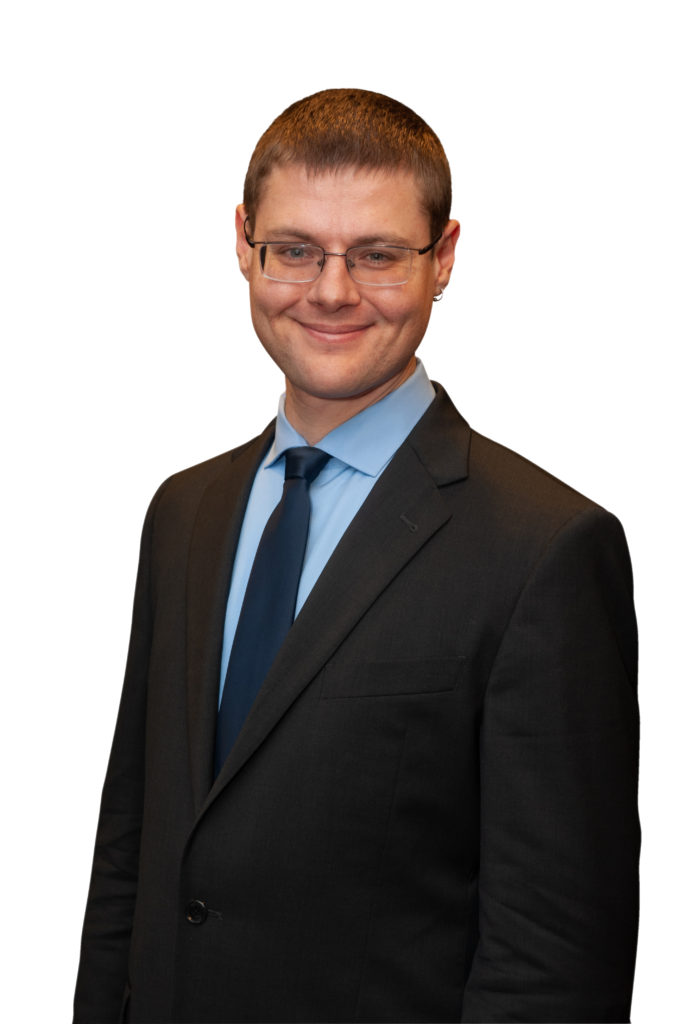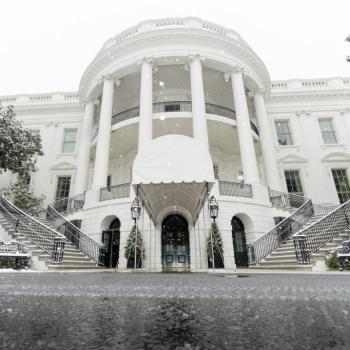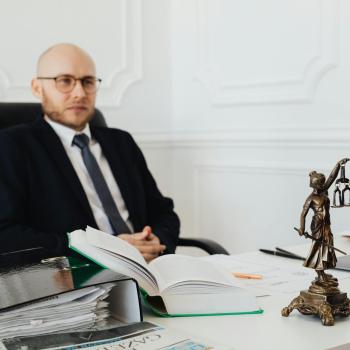
As the world moves forward, so too does the way we work. In the era of technological advancements and shifting workplace expectations, a new Pew Research Center poll has confirmed that full-time in-office work for remote-capable employees is now a relic of the past. The poll results reveal that a significant plurality of remote-capable employees are working on a hybrid model, coming into the office for two or fewer days per week, while over a third are working fully remotely. As a seasoned expert in the realm of hybrid and remote work, I can confidently say that the future of work is hybrid, and businesses must adapt or risk becoming obsolete.
The Poll that Put the Nail in the Coffin for Full-Time Office Work
According to the Pew Research Center poll, conducted in February 2023, only 12% of all remote-capable workers are working in the office full-time and another 12% are working in the office the large majority of the time. By comparison, a year ago in January 2022, a previous Pew Research Center poll showed that 11% of all remote-capable employees worked in the office full-time and 11% the large majority of the time. This paltry increase of 1% in each of those figures – despite all the hubbub about returns to the office – is a clear indication that full-time office work is going the way of the dodo.
Meanwhile, the largest segment of remote-capable employees, a whopping 41% in the February 2023 poll, have embraced a hybrid model, with most of these coming to the office two or fewer days per week. The comparable number in the January 2022 poll was 35%, indicating that the return to office was mainly about increasing hybrid work, not full-time work.
This data is confirmed by U.S. workers who can work from home and are doing so all the time. In January 2022, the number was 43%. By February 2023, it went down to 35%. In other words, the return to the office conflicts mainly shifted this figure, and by a relatively small amount, from fully remote to hybrid.
Why Hybrid Work is the Darling of the New Workplace
The popularity of hybrid work is no accident; it combines the best of both worlds. Hybrid work allows employees the flexibility and autonomy to work from home, while still maintaining the in-person connection and collaboration that is essential for many organizations. In a world where juggling work and personal responsibilities is a high-wire act for many, the hybrid work model offers a safety net that allows employees to achieve a healthier work-life balance.
Not only does hybrid work benefit employees, but it also leads to increased productivity and innovation for organizations. By offering a diverse and flexible work environment, companies are fostering an atmosphere of creativity and ingenuity. Just as a variety of spices can turn a bland dish into a culinary masterpiece, a mix of remote and in-person work can unlock the full potential of a company’s workforce.
The Silent Majority: Remote Work’s Steady Rise
While hybrid work may be the star of the show, it’s important not to overlook the steady rise of fully remote work. The Pew Research Center poll found that 35% of remote-capable employees have cut the cord completely, choosing to work entirely from home. These digital nomads have embraced the freedom that remote work provides, escaping the confines of the traditional office space and conquering the workday from their own personal sanctuaries. By comparison, prior to the pandemic, only 7% of all remote-capable workers did their jobs full-time remotely.
This trend is not only a testament to the adaptability and resilience of the modern workforce but also a clear indication that companies must be prepared to accommodate the needs of their remote employees. The days of mandating a one-size-fits-all approach to work are long gone, and businesses that refuse to acknowledge this fact risk losing top talent to more forward-thinking competitors.
Businesses Must Adapt or Face Extinction
The writing is on the wall: businesses that cling to outdated notions of full-time office work are on the fast track to obsolescence. Just as the typewriter gave way to the personal computer, and the horse and buggy were replaced by the automobile, so too must full-time office work yield to the hybrid and remote work revolution.
Companies must be proactive in adapting to this new landscape, reevaluating their workplace policies, and investing in the necessary infrastructure to support a distributed workforce. Those who embrace the hybrid and remote work revolution will undoubtedly reap the benefits of increased productivity, employee satisfaction, and overall success.
The Cognitive Bias Trap: How Mental Shortcuts Shape Our Perception of Hybrid and Remote Work
As we delve into the world of hybrid and remote work, it’s crucial to recognize the role that cognitive biases play in shaping our perceptions and decision-making processes. Cognitive biases are mental shortcuts that our brains use to process information more efficiently, but they can also lead to errors in judgment. In this context, two specific cognitive biases – status quo bias and anchoring bias – can significantly impact our understanding and adoption of hybrid and remote work models.
Status quo bias refers to our natural tendency to prefer maintaining the current state of affairs over embracing change. This bias can lead decision-makers in organizations to resist adopting hybrid and remote work models, even when the benefits of doing so are apparent. The inertia of maintaining the familiar full-time office work model may seem more comfortable and less risky than venturing into the unknown territory of hybrid and remote work, despite the damage to workplace relationships from doing so.
To overcome status quo bias, it’s essential for businesses to recognize the tangible benefits that hybrid and remote work models can bring, such as increased productivity, employee satisfaction, and reduced overhead costs. By thoroughly examining the evidence and challenging the assumption that full-time office work is the best option, organizations can break free from the grip of status quo bias and embrace the future of work.
Anchoring bias occurs when we give too much weight to an initial piece of information when making decisions. In the context of hybrid and remote work, this can manifest as an overemphasis on early negative experiences or stories about remote work, which can color our perception of its overall effectiveness.
For example, if a company experiences initial challenges when transitioning to remote work, such as miscommunication or technical difficulties, the negative impression created by these experiences can become an anchor that prevents the organization from fully embracing the benefits of remote work. Similarly, if decision-makers are exposed to anecdotes about remote work failures, they may be more likely to view remote work as inherently problematic, even when faced with evidence to the contrary.
To combat anchoring bias, it’s crucial for organizations to approach the topic of hybrid and remote work with an open mind, gathering a wide range of data and experiences before drawing conclusions. By doing so, they can avoid getting bogged down by initial negative impressions and make more informed decisions about the best work model for their specific needs.
Cognitive biases, such as status quo bias and anchoring bias, can have a profound impact on our perception of hybrid and remote work, potentially leading to resistance and misconceptions. By recognizing and actively addressing these biases, organizations can make more informed decisions about the best work model for their needs and embrace the future of work with confidence. The key to success in this brave new world of hybrid and remote work lies in understanding our cognitive biases and taking steps to overcome them, allowing us to adapt and thrive in an ever-changing landscape.
Conclusion: The Dawn of a New Era in the World of Work
The Pew Research Center poll has confirmed what many of us in the field of hybrid and remote work have long suspected: the future of work is a flexible, adaptable model that embraces both in-person and remote work. The poll results reveal a clear shift away from full-time office work, as the plurality of remote-capable employees opt for a hybrid model, while a significant portion chooses to work fully remotely.
As we stand on the cusp of this new era in the world of work, businesses must be prepared to adapt and evolve. The companies that embrace the hybrid and remote work revolution will be best positioned to attract top talent, foster innovation, and thrive in the ever-changing landscape of the modern workplace.
The time for change is now. The full-time office work model is being left behind, as the hybrid and remote work models take center stage. Businesses that recognize this tectonic shift and act accordingly will lead the charge into the future, while those that stubbornly cling to the past risk fading into obscurity. The choice is clear: adapt, embrace the hybrid work revolution, and flourish, or resist and face the inevitable decline. The future of work is hybrid, and it’s time for all of us to embrace this brave new world.
Key Take-Away
Hybrid work is the future with remote-capable employees working 2 or fewer days in the office. Companies must adapt to avoid losing top talent… >Click to tweet
Image credit: Vlada Karpovich/Pexels
Lauded as “Office Whisperer” and “Hybrid Expert” by The New York Times, Dr. Gleb Tsipursky helps leaders use hybrid work to improve retention and productivity while cutting costs. He serves as the CEO of the boutique future-of-work consultancy Disaster Avoidance Experts. Dr. Gleb wrote the first book on returning to the office and leading hybrid teams after the pandemic, his best-seller Returning to the Office and Leading Hybrid and Remote Teams: A Manual on Benchmarking to Best Practices for Competitive Advantage (Intentional Insights, 2021). He authored seven books in total, and is best know for his global bestseller, Never Go With Your Gut: How Pioneering Leaders Make the Best Decisions and Avoid Business Disasters (Career Press, 2019). His cutting-edge thought leadership was featured in over 650 articles and 550 interviews in Harvard Business Review, Forbes, Inc. Magazine, USA Today, CBS News, Fox News, Time, Business Insider, Fortune, and elsewhere. His writing was translated into Chinese, Korean, German, Russian, Polish, Spanish, French, and other languages. His expertise comes from over 20 years of consulting, coaching, and speaking and training for Fortune 500 companies from Aflac to Xerox. It also comes from over 15 years in academia as a behavioral scientist, with 8 years as a lecturer at UNC-Chapel Hill and 7 years as a professor at Ohio State. A proud Ukrainian American, Dr. Gleb lives in Columbus, Ohio. In his free time, he makes sure to spend abundant quality time with his wife to avoid his personal life turning into a disaster. Contact him at Gleb[at]DisasterAvoidanceExperts[dot]com, follow him on LinkedIn @dr-gleb-tsipursky, Twitter @gleb_tsipursky, Instagram @dr_gleb_tsipursky, Facebook @DrGlebTsipursky, Medium @dr_gleb_tsipursky, YouTube, and RSS, and get a free copy of the Assessment on Dangerous Judgment Errors in the Workplace by signing up for the free Wise Decision Maker Course at https://disasteravoidanceexperts.com/newsletter/.














